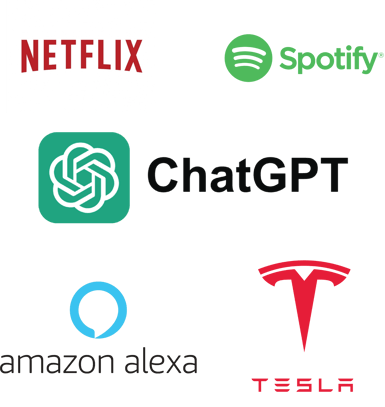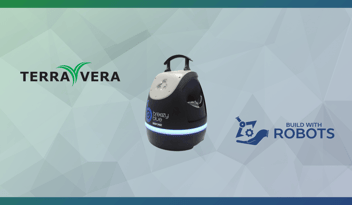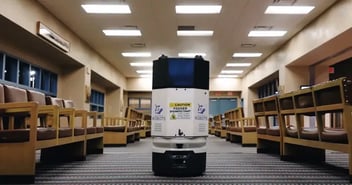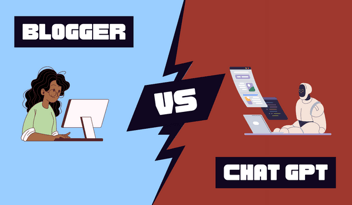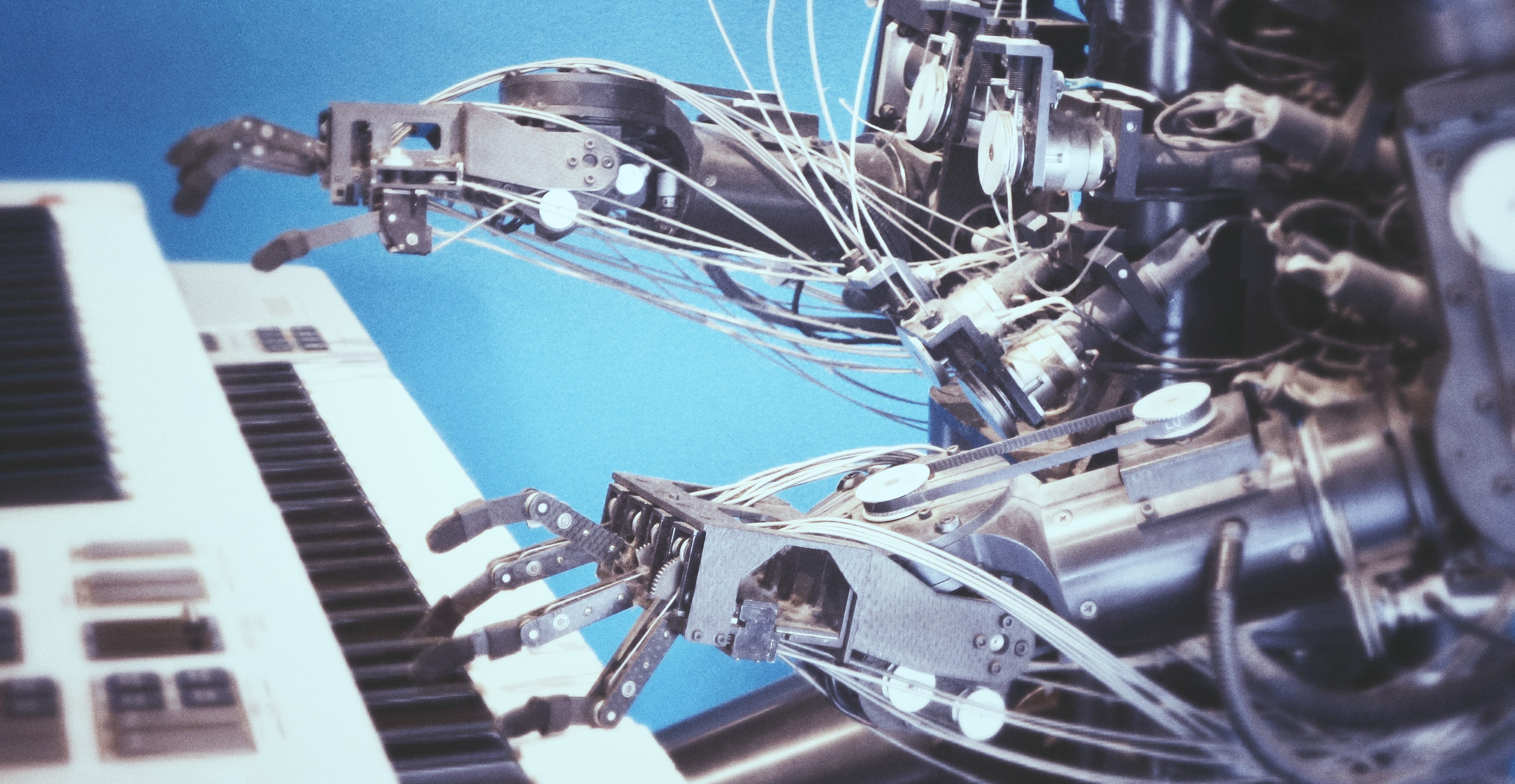
Smart Living: The Growing Presence of AI in Everyday Life
Welcome to 2024 - an era marked by a complicated, codependent relationship between humans and artificial intelligence.
Ever since the introduction of ChatGPT in late 2022, an obvious boom in artificial intelligence tools for the average person has transpired. Of course, in the last decade, AI digital assistants, like Apple’s Siri, have become normalized and a staple in people’s everyday lives.
People are slowly getting used to the shift towards robotics and AI, but every new change still impresses me. I was shocked when greeted by a robotic voice when I pulled up to a drive-through recently. It really showed me that AI is integrating into people’s daily lives, and that it really isn’t all that scary. I placed my order with no issues and was then greeted by a real person at the window who wore a headset. I assume the workers monitor the drive-through AI but still benefit from being able to focus on tasks other than taking the orders. This particular restaurant is known for its slowness, especially after the popularity of a certain chicken sandwich, so I am glad that the workers are getting assistance. There was a noticeable boost in morale and productivity, and the idea of more integrated technology excites me.
I expect automated drive-throughs to become normalized within the next five years - a huge upgrade from the current outdated speakers that transmit unintelligible mumbling noises. What other examples of AI are/will be normalized in the next few years? And how might this affect our workforce? Let’s dive in.
AI in Everyday Life
AI Language Models - ChatGPT, Google’s Bard, Amazon Review Summaries
ChatGPT really changed everything by making AI language models so accessible. Now Google has Bard and has integrated it into Google Docs and its search function, and tons of other companies are jumping on the bandwagon. Amazon’s AI-generated review summaries are a big hit for me, someone who depends on reviews and can spend hours comparing products. The world is still getting used to accessible generative AI, and it is causing chaos for teachers and professors who cannot tell for certain whether their students are using AI or writing papers themselves.
Digital Assistants - Siri, Alexa, Cortana
Since 2011, Siri has been answering the questions of Apple users, getting more sophisticated over time. A few years later, the Amazon Echo was released, and Alexa became the most popular household AI assistant. While there have always been skeptics who dislike the idea of a machine listening to their conversations, this type of technology has been normalized for many years.
Personalized Content - Social Media, Netflix, Spotify DJ
What side of TikTok are you on - Political TikTok? FoodTok? BookTok? And does Netflix keep recommending trashy reality shows to everyone, or is that just me? Oh, just me.
Social media algorithms, as well as streaming services and Spotify’s new DJ feature, all use AI to personalize the user experience. It’s convenient; each person is recommended content that they are likely to enjoy. That’s why those late night YouTube marathons are so hard to stop.
Security & Safety - Smart Cars, Facial Recognition, Fraud Detection
AI is also designed for the purpose of security and safety. Self-driving cars (and vehicles with features like lane assist) use sensors, cameras, and AI to observe the surroundings and keep passengers safe. A lot of phones and apps use facial recognition for security, and banking apps use AI to track patterns and notice potentially fraudulent activity.
2024 is certainly not the beginning of the era of AI, but we are in an odd stage where it is only somewhat normalized. Automation and smart devices are found everywhere - in our pockets, our vehicles, and our homes. However, because it is still relatively new, it is unregulated, causing issues in schools and contributing to the spread of misinformation on the internet.
AI & Robots in the Workforce
Most automated technology is being designed to solve only one problem at a time. Robots are capable of performing repetitive tasks, such as assembly lines, software testing, and manual labor that is dangerous for humans. Some jobs will be lost as robotics and AI advance, but oftentimes these machines will be assisting workers rather than replacing them. (How Artificial Intelligence and Robotics Change Our Lives)
In the case of fast food restaurants, orders are now being taken by machines under human supervision. I’m sure if I asked the drive-through robot questions or made other requests, one of the workers would jump in. It is not fully capable of running the restaurant or even dealing with a difficult customer. Plus, in the past few years, many fast food restaurants started advertising that they are hiring, or sometimes have limited service because they are understaffed. Automation is a solution for overworked employees to improve their conditions and service to their customers.
Smart phones, smart cars, and even smart fridges are already integrated into personal lives. So why not use smart restaurants, smart checkouts, or smart disinfection to improve our work lives? The age of smart living is already here, with so much potential to grow and further improve daily life tasks.

